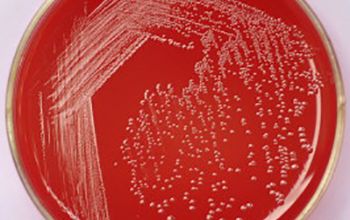Veillonella parvula
-
General information
Taxonomy
Family: Veillonellaceae
Natural habitats
Is widely distributed in the oral, genitourinary, respiratory, and intestinal biotas of humans and animals.
Clinical significance
Veionella species strains are frequently isolated from clinical specimens in aerobic-anaerobic polymicrobial cultures.
Rarely, Veillonella species have been the only etiologic agents identified in serious infections such as meningitis, osteomyelitis, prosthetic joint infection, pleuropulmonary infection, endocarditis, and bacteremia.
The prevalence of these organisms as pathogens is clearly increasing.
-
Gram stain
Gram negativecocci
0.3 to 0.5 µm,
-
Culture characteristics
-
Obligate anaerobic
BBAØ: colonies are small, almost transparant, gray white, smooth, opaque, buttery.
BBEØ: no growth
Fluorescence under long-wave UV light (Woods lamp)
Red fluorescence immediately after opening the anaerobic jar.
-
-
Characteristics
-
References
James Versalovic et al.(2011) Manual of Clinical Microbiology 10th Edition
Karen C. Carrol et al (2019) Manual of Clinical Microbiology, 12th Edition
photo: Veillonella: https://www.sciencedirect.com/topics/immunology-and-microbiology/gram-negative-anaerobic-cocci


